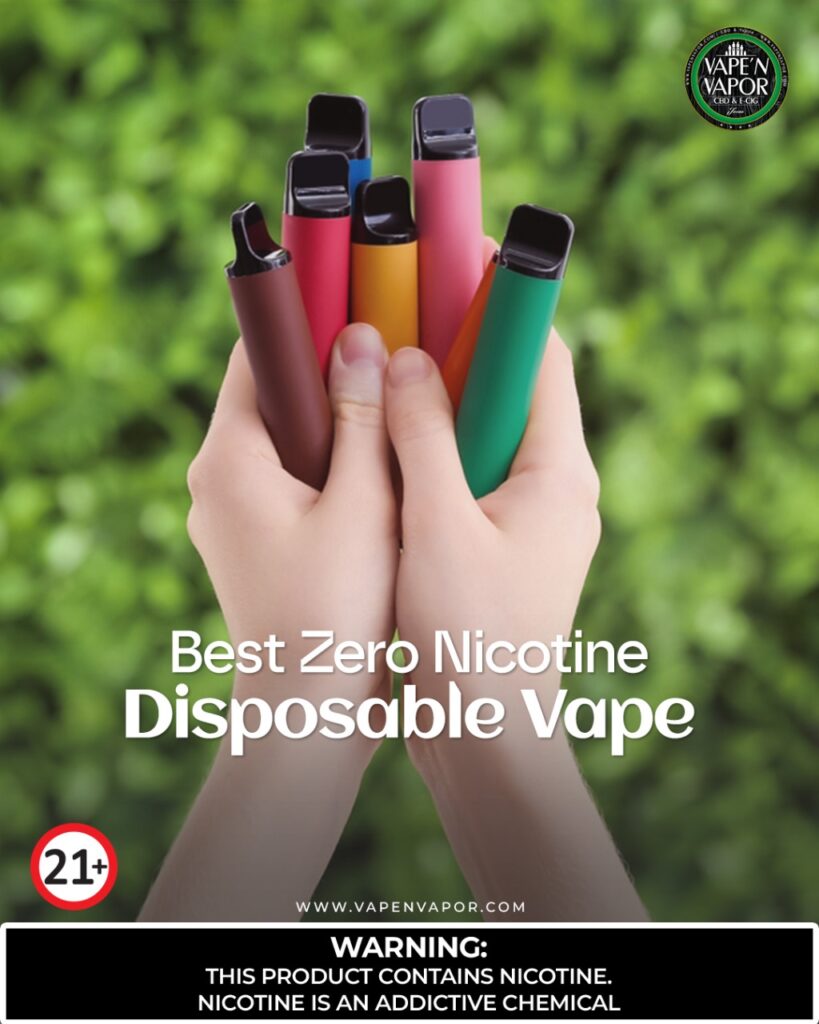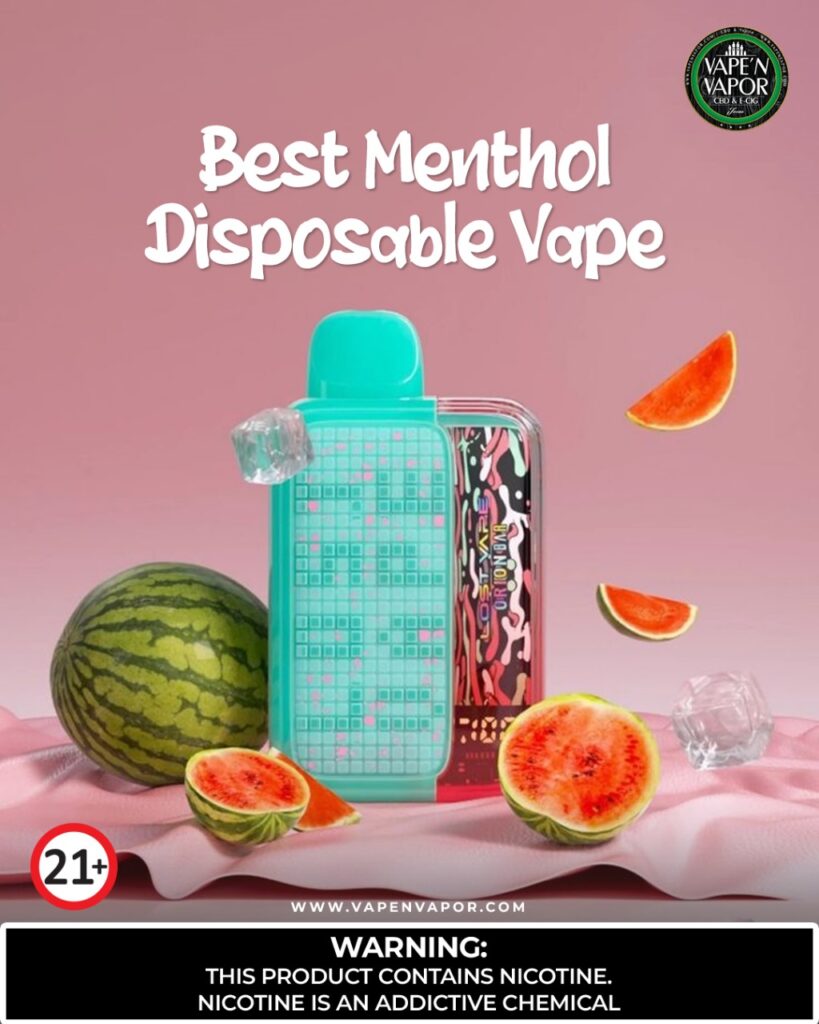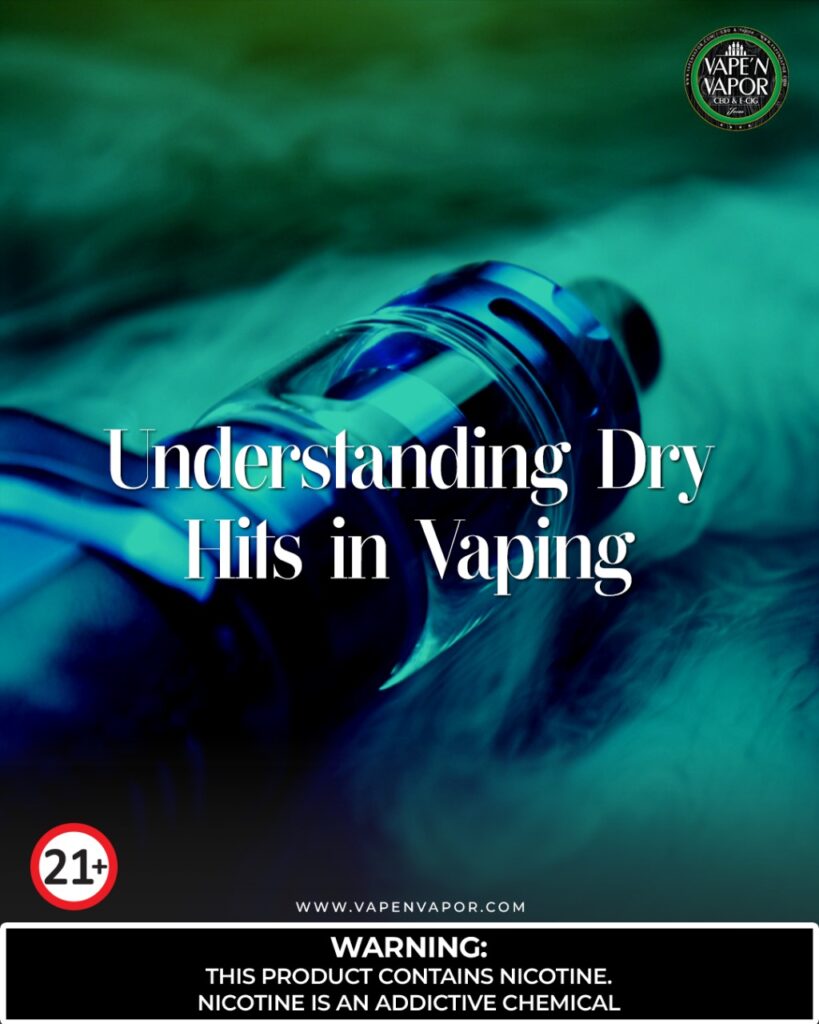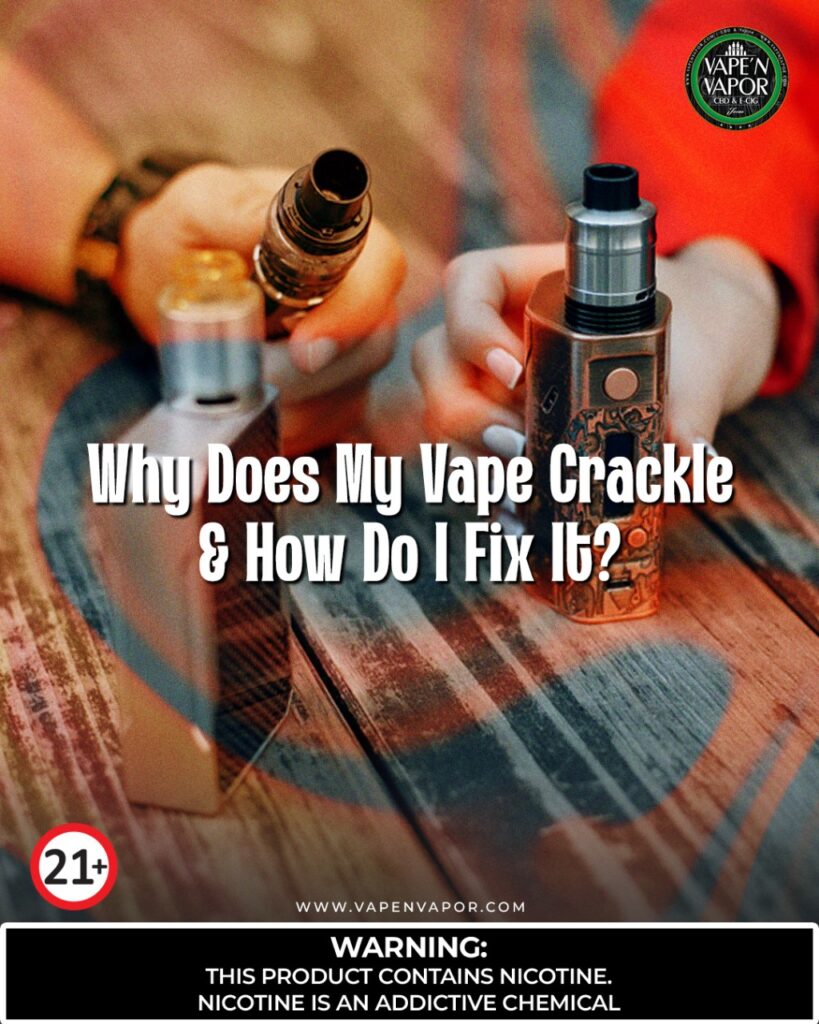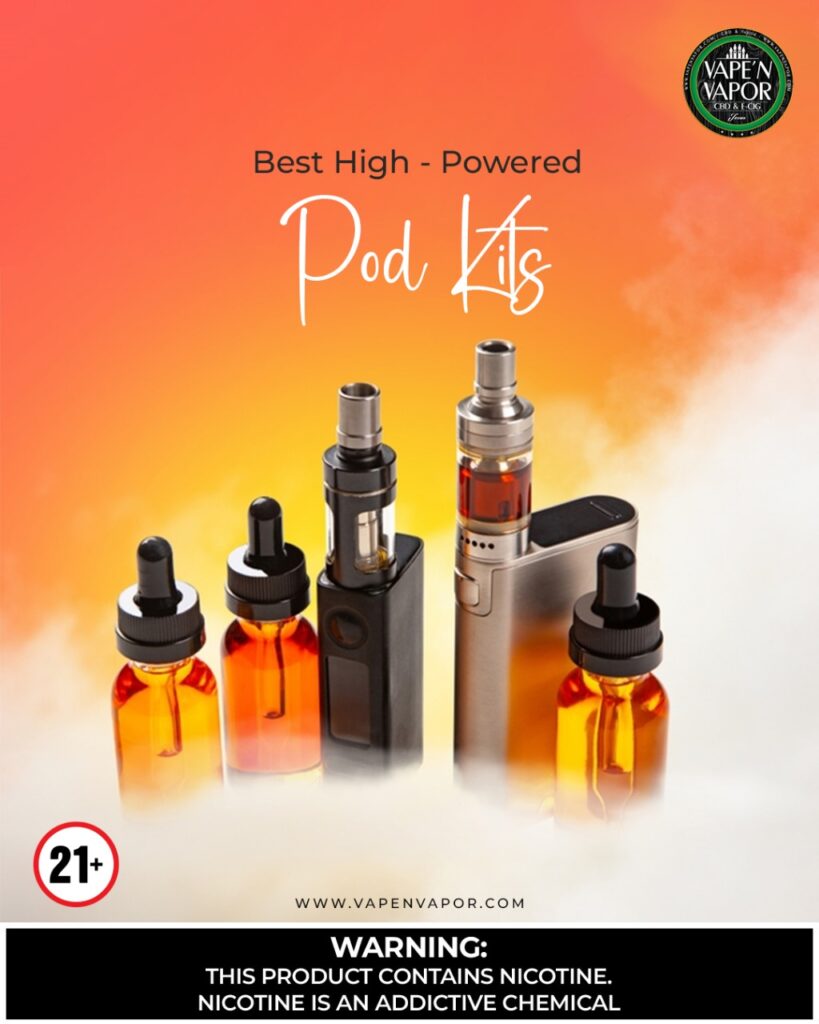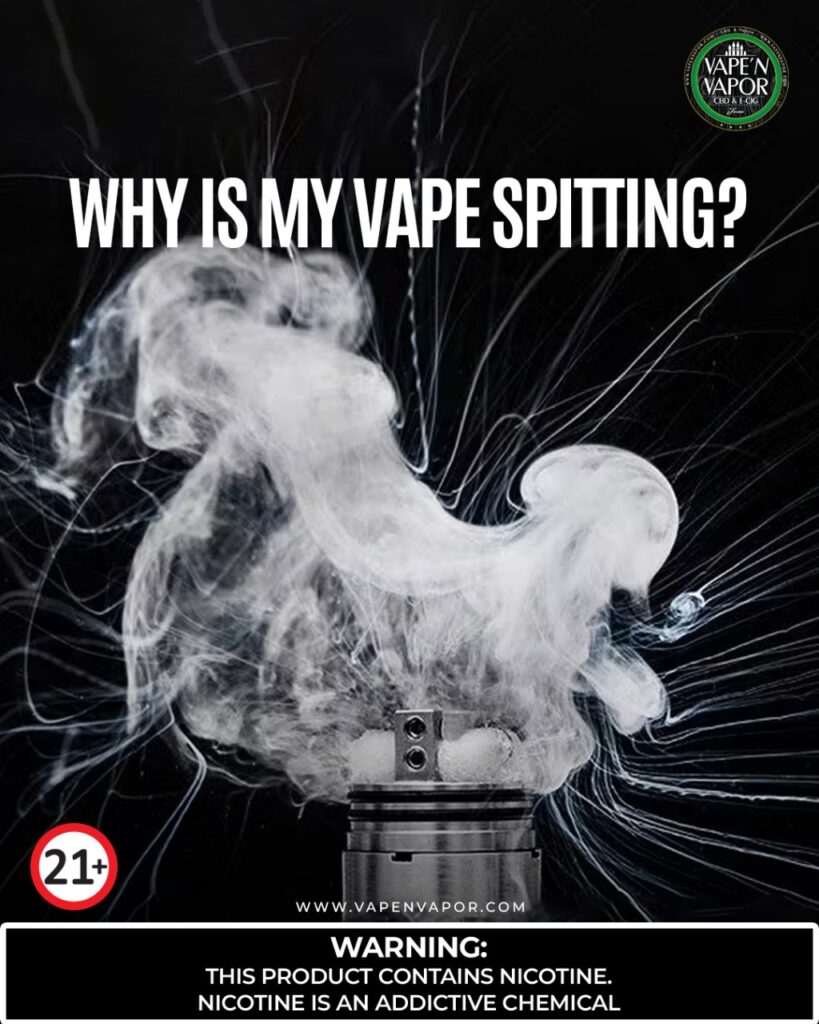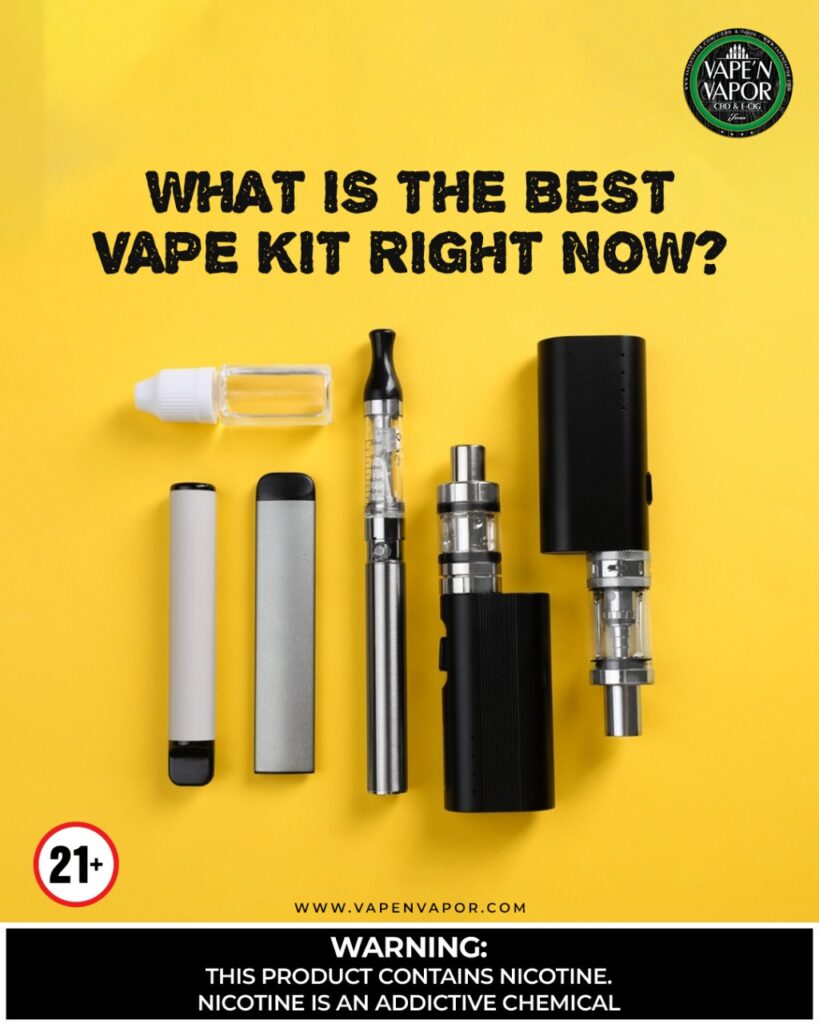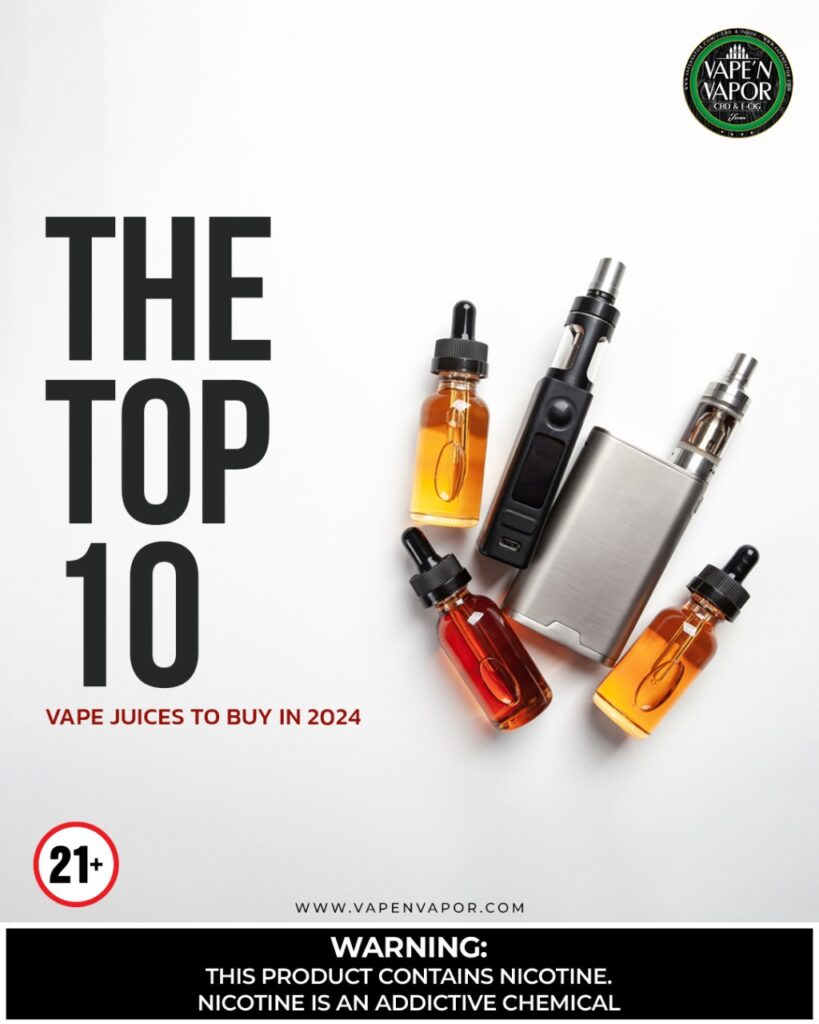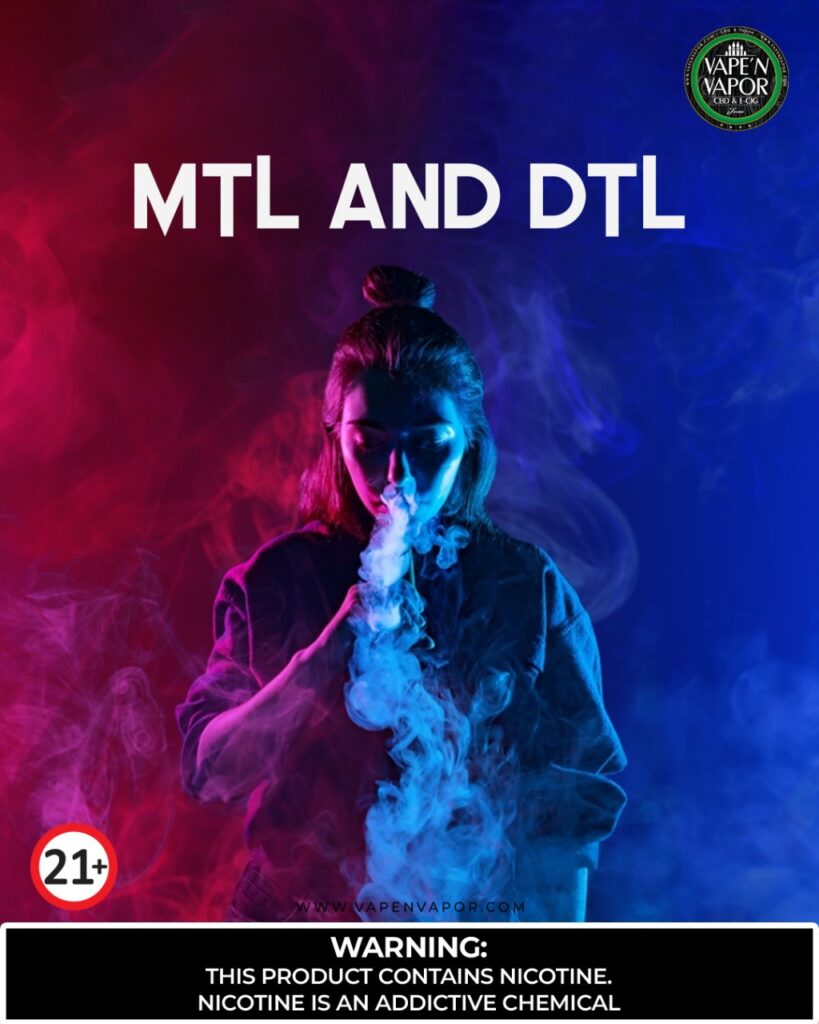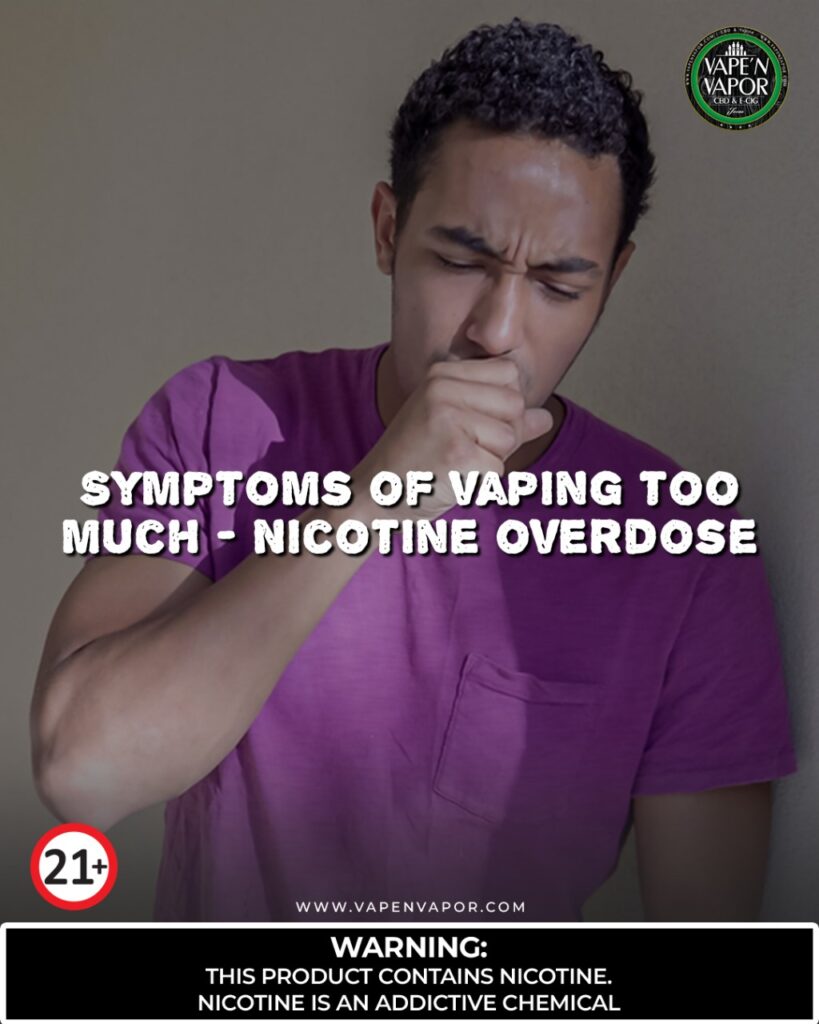BEST ZERO NICOTINE DISPOSABLE VAPE: OUR ULTIMATE GUIDE
From advanced vapers to newbies, everyone looks to join the bandwagon with disposable vapes today—currently in trend in the market. Disposable vapes help an entirely new generation of smokers quit smoking forever. They come in bright colors and flavors that are scrumptious and strong. Although, at first, vaping took off as a smoke-cessation device, but nowadays mostly people have been indulging in vaping only for pleasure, meaning other than quitters. To be more specific, that is the very reason behind the surge in the sales of vapes with no nicotine. Here is an all-inclusive article about zero-nicotine disposable vapes.
What is a Disposable Vape?
A disposable vape is an e-liquid-filled, pre-charged device. There is no priming of the tank, changing of the coils, and replacing or charging of your battery, as they are supposed to be disposable after their use. They are readily usable right out of the box and, when you are done, easily disposable.
What is a nicotine-free disposable vape?
Zero nicotine Disposable Vapes are single-used electronic cigarettes with zero nicotine that create inhalable vapors without it. All of them are pre-filled with flavor-infused, nicotine-free e-liquid and a fully charged battery. Whereas regular disposable vapes hold at least 20mg in its vape juice, nickel-free disposables hold 0mg, meaning no nicotine is present within the vape juice. This tastes just about like the regular vape juice. Both models are offered with almost identical specs: they are powered by an integrated 350mAh–650mAh battery, a 2ml e-liquid pre-fill, and have a lifespan of about 300–800 puffs. Such a great benefit for people who just want to have a really great, flavored vape experience without any addictive ingredient concurrently.
Why Opt for Nicotine-Free Vaping?
Selecting a water vaporizer without nicotine offers numerous benefits, such as safeguarding your well-being and allowing you to maintain control over your consumption.
- Addiction Avoidance: As nicotine is a highly addictive drug, by using nicotine-free vapes you will have less of a chance of becoming physically dependent on vaping. Nicotine-free vapes provide the same sensatory experience of smoking or vaping; however there is no possibility of addiction when using these.
- No Throat Hit: When you vape it, you can feel the nicotine. You can sense nicotine not just in your body and head, but also when it reaches your throat. We call it a “throat hit.” Many vapers enjoy that sensation and find it impossible to vape without it, but some don’t. Vape juice without nicotine is smooth and barely detectable when consumed. The user is still able to expel clouds while relishing the taste and warmth.
- Improved Flavor: Nicotine’s mildly peppery flavor can be difficult to disguise with other flavors in vape juice. Opting for zero-nicotine vapes typically results in a much more powerful flavor without the nasty aftertaste associated with nicotine vapes.
- Safety for Others: Nicotine based vapes and cigarettes can be harmful for children and animals surrounding us. Zero nicotine vapes are safer for others too. However, every smoking gadget must be kept away from children.
- Quitting Smoking: It is very difficult for a heavy smoker or substantial vape consumer to quit. But it is quite possible to quit nicotine over some period by decreasing the intake of nicotine in the body. For instance, start using 20mg nicotine strength, then decrease the intake to 10mg, followed by 5mg and end with 0mg. A nicotine-free disposable vape may help fight cravings and thus quit nicotine.
- Cost: Since there is no addictive component, using a non-nicotine vape means you’ll only vape when you want to, not when you need to. It is less expensive to vape recreationally than to do so in response to a severe nicotine addiction.
What Are Some Concerns About Disposable Vapes?
Hence, since the disposable vape kits serve for only a single time, contamination by non-biodegradable plastics and batteries cannot be completely sidetracked. Underage use and safety rules related to products bring other hurdles in the marketing, selling, and usage of such devices.
Conclusion:
Zero nicotine vapes are great for experienced vapers who were using vapes as tools to help them quit smoking. From our experience, the most hardcore adult smokers who have already given up wanting smokes need nicotine e-cigarettes to curb the feel. However, some heavy users eventually reduce their intake of nicotine e-liquids to nothing.
As compared to cigarettes and nicotine filled vapes, non-nicotine vapes are considered less harmful. But every smoking device has some side effects and risks. We’re still in the early phases of researching vaping safety. Yet, preliminary studies indicate that vaping is not a totally risk-free substitute for smoking cigarettes, even when nicotine is absent.

